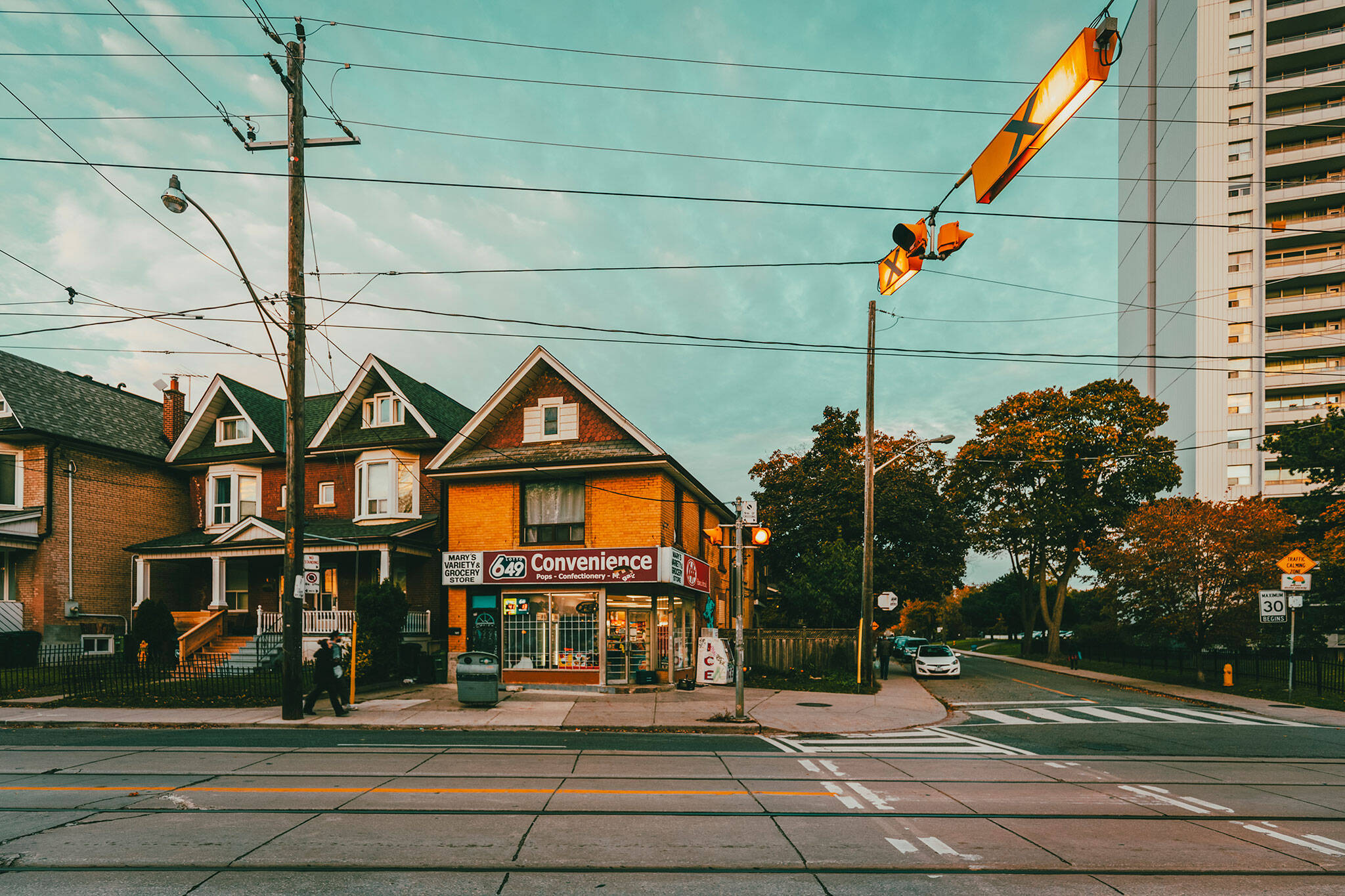
Experts say archaic and exclusionary rules are fuelling Toronto's housing crisis
Everyone seems to think they have an answer to the housing crisis and runaway prices plaguing Toronto, and one group in the building industry is proposing a much easier way to fast-track new housing that doesn't even require new construction.
Politicians imposing taxes to dissuade foreign real estate investment investment, rules forcing developers to build affordable housing, and most recently, promises of task forces to study a much-studied problem have all been touted as solutions to a mounting issue.
But what if the fastest path to cheap, quick housing has been hiding under our noses on Toronto's plentiful quiet, tree-lined side streets all along?
The Ontario Real Estate Association (OREA) thinks that something as simple as updating single-family zoning laws in Toronto to allow conversion into multi-unit properties like a townhome or a triplex — currently illegal in the city — could create a flood of housing opportunities.
OREA wants the Province to use its power under the Planning Act to change zoning regulations at the highest level, kicking down doors to allow these forms of "gentle density" near transit stations.
Of course, this would force the Province to go head-to-head with the wealthy tax bases of these areas, known as Toronto's "yellowbelt". Never a good look in an election year.
"In too many Ontario cities, it defies common sense that you can take a bungalow and turn it into a monster four-storey home for one wealthy family, but you cannot build affordable townhomes for multiple families without red tape, runaround, and exorbitant costs," said OREA CEO Tim Hudak in a September news release.
The former Ontario PC leader-turned-executive says that "Exclusionary zoning policies are at the heart of Ontario's housing affordability crisis in high-growth areas and it's time the Province steps in to modernize these archaic laws."
And when you compare Toronto to other global cities, the comparatively low population density shows.
Sure, Toronto is littered with an ever-increasing collection of skyscrapers, and Paris has just a handful of tall buildings in its city proper. But Paris still smashes our population density of about 4,150 per square kilometre by almost four, with 20,300 inhabitants per square kilometre in the city of lights.
Even with our towering skyline, Paris' dense blocks of mid-rises and comparatively low number of space-hogging single-family homes make for a much denser cityscape.
And that's a city with room for expansion; Toronto's urban sprawl is limited by its natural surroundings.
Toronto falls closer on the density scale to Chicago, another Great Lakes city with a comparable population density of about 4,6oo per square kilometre.
"You cannot grow south into Lake Ontario or north into the Greenbelt, so we need to use the space in between to create more homes and give more choice to Ontarians," said Hudak.
"Archaic rules and regulations are holding up new developments and exacerbating the problem – keeping the Canadian dream of home ownership out of reach for millennials and young families."
Jack Landau
Latest Videos
Latest Videos
Join the conversation Load comments







